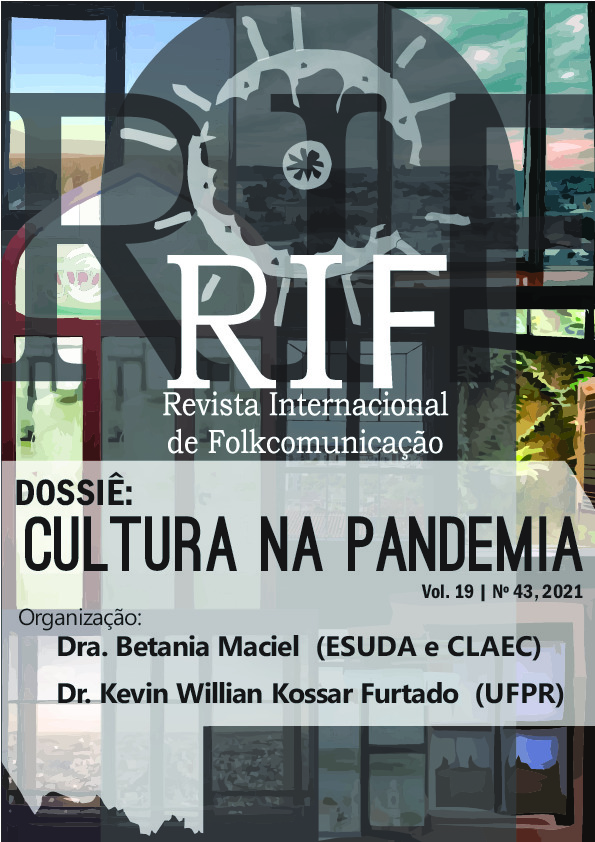The Digital of the Immaterial
digitization strategy for the preservation of cultural heritage present in Minas Gerais' bells
DOI:
https://doi.org/10.5212/RIF.v.19.i43.0015Abstract
The article shows the strategies for the preservation of traditional knowledge and practices.
The object of the research are transmedia documentary projects that, through digitalization,
disseminate cultural expressions of a community. The study is based on the analysis of two
projects that emerged after Iphan declared that the Sound of Bells and the Bell Craft are
considered Intangible Cultural Heritage. The objective is to analyze how the digitization of
heritage, through transmedia documentary projects, allows the preservation and
dissemination of cultural assets. To discuss transmedia documentary, studies by Jenkins
(2009) and (2011), Renó (2013) and Gosciola (2014) are used. In the light of the theory of late
modernity, the study draws on Giddens (2000) and Luvizotto (2010) to talk about the
continuity of traditions that are reincorporated and reinvented in cyberspace.
Downloads
Published
How to Cite
Issue
Section
License

Este obra está licenciado com uma Licença Creative Commons Atribuição 4.0 Internacional.
Os autores são responsáveis, em qualquer que seja o formato do texto, pelas opiniões expressas ou indiretas presentes em seus respectivos trabalhos, não endossáveis pelo Conselho Editorial e pelos editores da Revista, bem como pela autenticidade do trabalho. Ao publicar trabalhos na Revista Internacional de Folkcomunicação, os autores cedem automaticamente os direitos autorais à publicação para veiculação das produções acadêmicas, sem ônus para a Revista. Os autores detêm os direitos autorais do texto para o caso de publicações posteriores e concedem à Revista Internacional de Folkcomunicação o direito de primeira publicação, com o trabalho simultaneamente licenciado sob a Creative Commons Attribution License, que permite o compartilhamento do trabalho com reconhecimento da autoria e publicação inicial nesta Revista. Por serem publicados em revista de acesso livre, os artigos são de uso gratuito, com atribuições próprias, em atividades educacionais e não-comerciais, sendo permitida a publicação simultânea em repositórios institucionais.




























